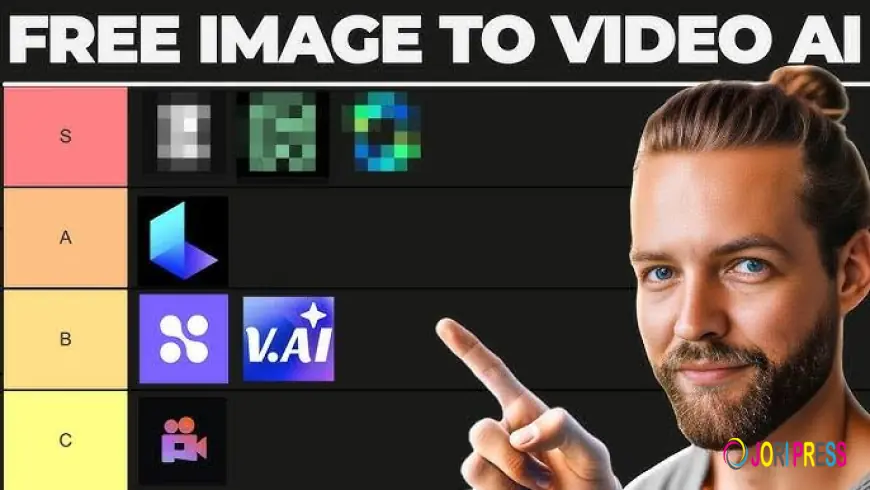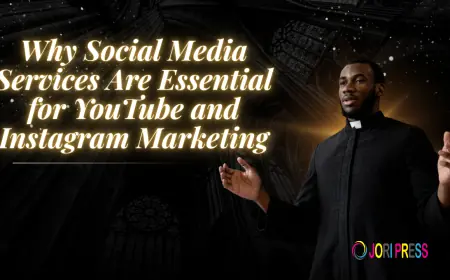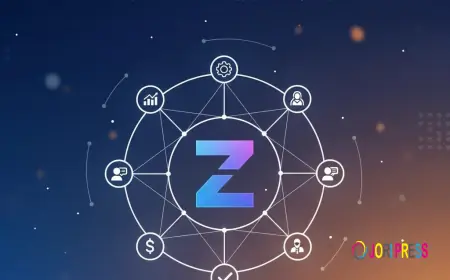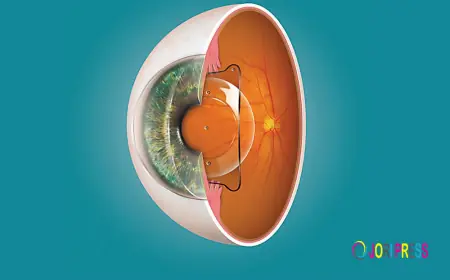AI Image to Video: Transforming Still Pictures into Moving Stories
AI image-to-video technology is rapidly changing how people create and consume visual content. This innovation uses artificial intelligence to take a single picture or a series of images and convert them into dynamic videos. By adding motion, realistic transitions, and effects, it allows static visuals to tell more engaging stories without requiring professional video production skills.

AI image-to-video technology is rapidly changing how people create and consume visual content. This innovation uses artificial intelligence to take a single picture or a series of images and convert them into dynamic videos. By adding motion, realistic transitions, and effects, it allows static visuals to tell more engaging stories without requiring professional video production skills.
One of the biggest advantages of AI image-to-video tools is accessibility. In the past, video creation demanded advanced editing software, technical know-how, and significant time. Now, with just a photo and an AI-powered platform, users can generate short clips, animations, or even cinematic-style presentations in minutes. This has opened opportunities for marketers, educators, and casual creators alike.
For businesses, AI image-to-video solutions are game changers. A brand can turn product photos into promotional videos that capture attention on social media platforms. Instead of spending thousands on ad production, companies can use AI to produce professional-looking videos quickly and at a fraction of the cost. This efficiency makes marketing campaigns more flexible and affordable.
Content creators are also benefiting from this technology. Artists, photographers, and influencers can bring their portfolios to life by transforming still images into moving art pieces. For example, a travel photographer can turn a snapshot of a beach into a short video clip where waves move and the sky slowly shifts in color, making their work more immersive and shareable.
In education and training, AI image-to-video tools provide interactive experiences. Teachers can animate historical photos, scientific diagrams, or artwork to make lessons more engaging. This helps students visualize concepts better, improving both attention and retention. It’s also valuable for online learning, where video-based content keeps learners interested for longer
periods.
What's Your Reaction?
 Like
0
Like
0
 Dislike
0
Dislike
0
 Love
0
Love
0
 Funny
0
Funny
0
 Angry
0
Angry
0
 Sad
0
Sad
0
 Wow
0
Wow
0


















































